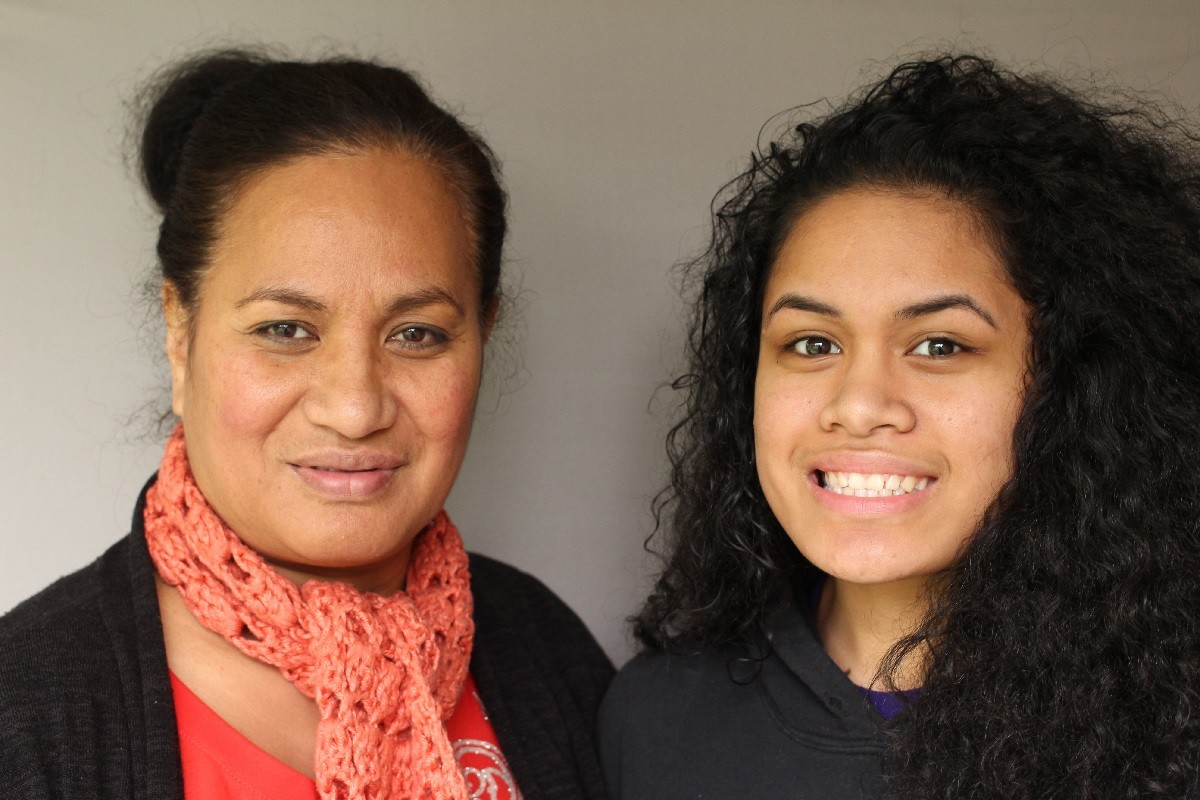Written by Denise Miller, Firesteel Advocacy Manager
As the weather cools and children start heading back to school, my mind turns to the many students who don’t have homes in which to do their homework.
In this moving StoryCorps conversation, one student, Lika, talks about what it’s like to attend school while living in a shelter. Please give it a listen:
Lika is an exceptional young person, but her situation is not unique.
During the 2013-14 school year, more than 32,000 students in Washington schools were identified as experiencing homelessness. That’s one in 33 students, or about 3 percent.
While students face homelessness in every corner of the state, some districts, including Lika’s, are disproportionately affected.
In May, the week before their story aired on KUOW, Lika and her teacher, Lynette Finau, recorded a follow-up interview with StoryCorps producer Eve Claxton at a community event. In that conversation, which is included in the clip above, Lynette shared some troubling data.
In the 2014-2015 school year, 330 students in Lika and Lynette’s small Tukwila School District were identified as experiencing homelessness, Lynette says.
That’s more than 11 percent of students. Compare that with 3 percent statewide.
Tukwila School District is the most-diverse district in the nation. According to the state’s Office of the Superintendent of Public Instruction, 21.7 percent of students identify as black, 29.9 percent as being Asian or Pacific Islander descent and 27.3 percent as being of Hispanic descent. White students are a minority in Tukwila, at 13.4 percent.
There’s no doubt that race plays a role in the disproportionate number of students experiencing homelessness in Tukwila School District. Because of systemic racism, many students of color have fewer resources than their white peers and are more likely to experience homelessness.
Further, U.S. schools are becoming increasingly segregated, and schools that don’t have a majority white population pay lower teacher salaries than schools with mostly white students. This shortchanges students of color and diminishes the quality of their education.
It’s important to understand how these realities interact with racial bias in classrooms to perpetuate poverty and racial inequity. It’s a complex topic. Fortunately, Perry Firth, a frequent Firesteel contributor, is going break it down for us. Next week we’ll publish her two-part series, “Separate and Unequal: Poverty, Race and America’s Education System.” Don’t miss it.
